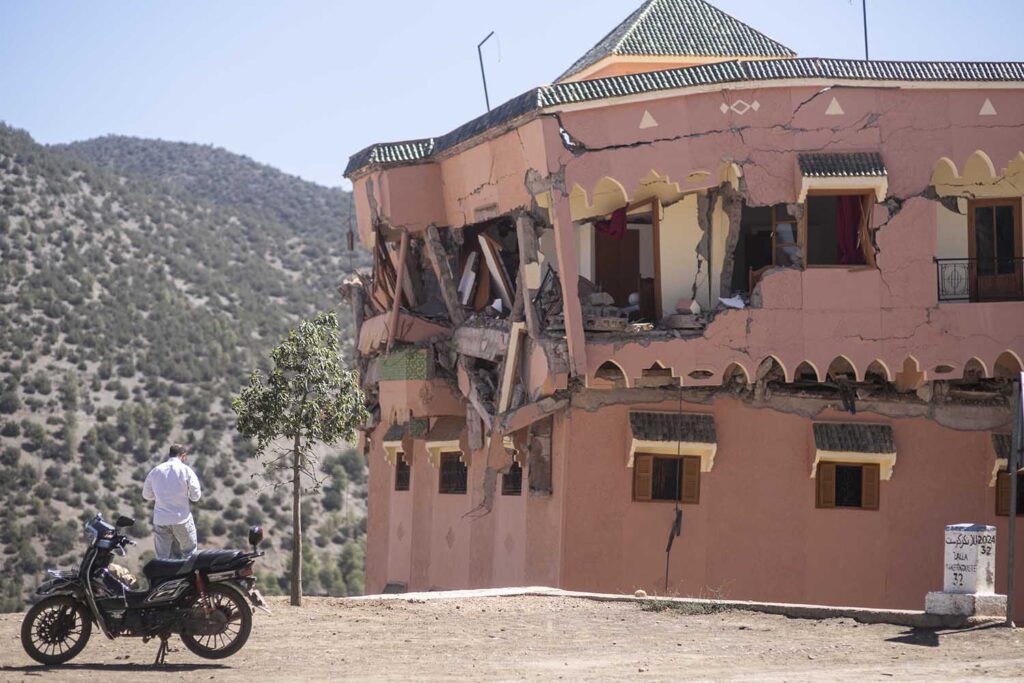by Sam Metz and Mosa'ab Eishamy
MARRAKECH, Morocco —A rare, powerful earthquake struck Morocco, sending people racing from their beds into the darkened streets and toppling buildings in mountain...
You are not authorized to read this page without a username and password. It is time to register and subscribe to have unlimited access to everything The Chicago Inquirer has to offer. You can do a monthly, quarterly, six months or yearly subscription.
SUBSCRIBE NOW!!!
and enjoys unlimited access to news, analysis, archives, sports, culture, interviews, and many more.
Not a member? Subscribe or login below:



